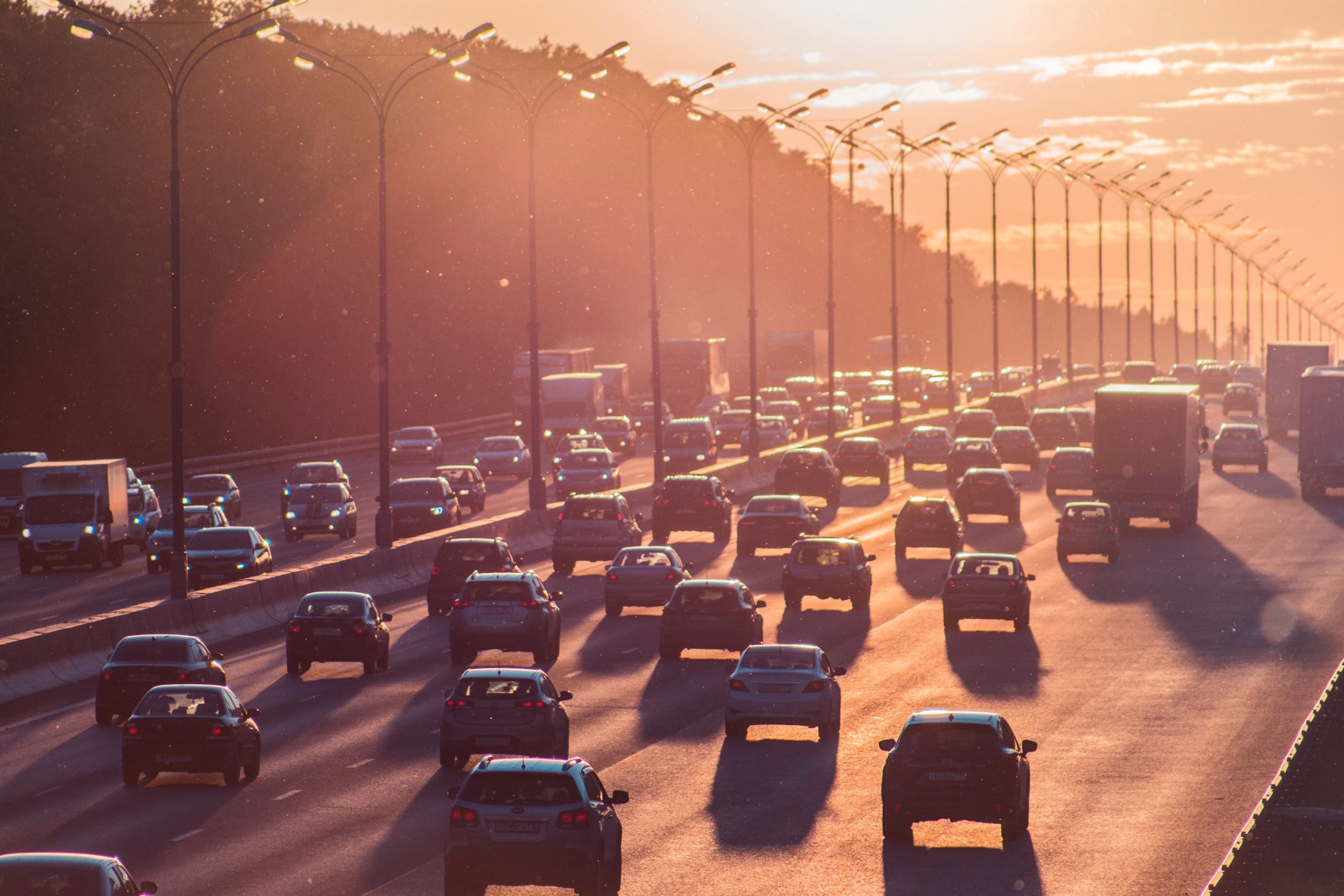
Lauren Moye, FISM NEWS
[elfsight_social_share_buttons id=”1″]
While the pandemic forced people to accept a new normal, one perk that Americans may want to see continue in the future is less time lost in traffic congestion. A recent transportation study shows U.S. traffic has remained below 2019 levels and that driving trends have also changed.
The 2021 Global Traffic Scorecard, released this month by INRIX, a transportation data and technology firm, analyzed data from 50 countries and over 1,000 cities.
INRIX found that the most congested U.S. cities for 2021 have been:
- New York
- Chicago
- Philadelphia
- Boston
- Miami
- Los Angeles
- San Francisco
- Houston
- New Orleans
- Atlanta
However, the data shows that these cities saw a 31.8% net reduction in hours lost due to congestion in 2021 compared to pre-COVID figures.
The most significant change was Boston’s drop to only losing 78 hours to traffic, which was a -47% change from 2019. The least impacted city was Miami, which only experienced a -19% change with 66 hours lost in traffic.
Even more impressive than the change in lower congestion is INRIX’s report that U.S. drivers in 2021 spent roughly half of what they did in 2019 on driving expenses, with the average motorist spending $534 this year compared to $1,374 pre-pandemic.
While congestion levels have declined significantly, the number of hours American drivers spend on the road has mostly returned to pre-COVID norms. INRIX says this shows that new driving trends have emerged.
“You may see more cars in the midday as that trend continues, versus the morning,” Bob Pishue, a transportation analyst at INRIX, said. “And so even though you may have the same number of cars on the road … it’ll look different on the road network.”
The changes have mainly been caused by a shift to telecommuting and work-at-home jobs to help protect workers during the pandemic. INRIX researchers note this is a trend that was accelerated by the coronavirus rather than caused.
“As we’ve seen in so many different areas, COVID tended to accelerate trends that were somewhat already going,” Pishue said. “People working at home has been growing for 15 years, 20 years, and those trends have really been going up.”
Another indication from the study is that as remote work perpetuates long after the pandemic, cities may find that commuter rail and subway systems continue to lag behind their 2019 numbers.
At the recent CoMotion LA Conference, experts suggested that the pandemic might have offered cities a chance to rethink how they offer public transportation services . Meanwhile, new technology and financial incentives encourage governments to better serve their communities with visionary solutions.
“Neighborhood-based transportation and neighborhood-based transportation networks and services that really focus on the broader spectrum of people’s transportation needs are, I hope, where we can go with our funding and service delivery,” said Seleta Reynolds, general manager for the Los Angeles Department of Transportation, at the conference.
